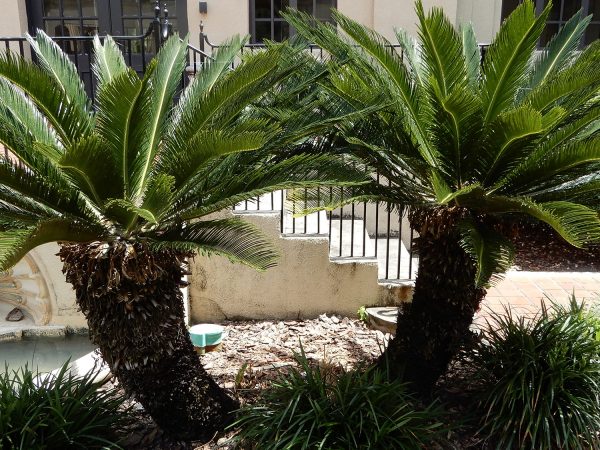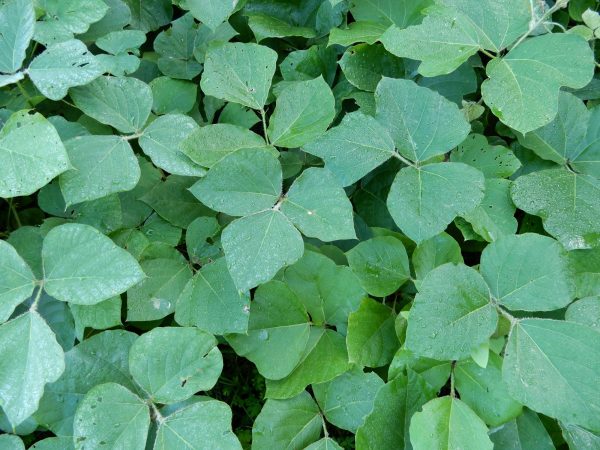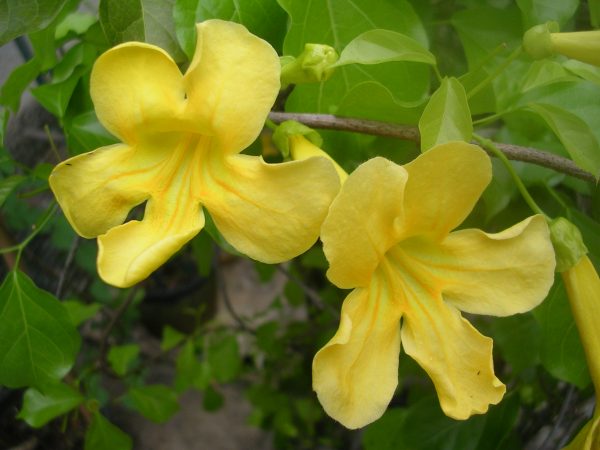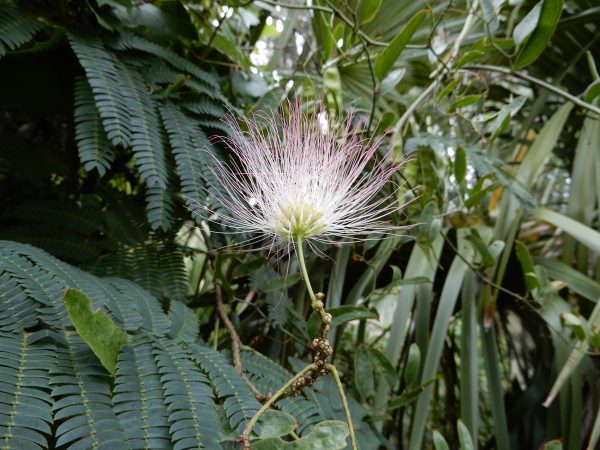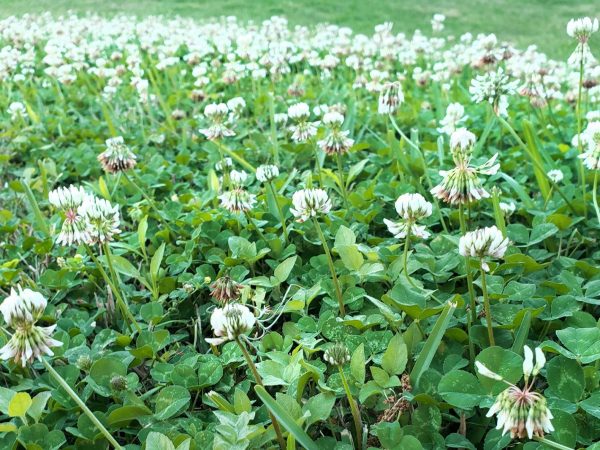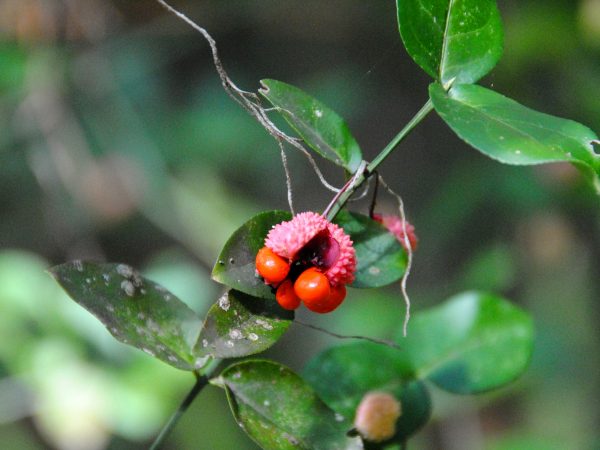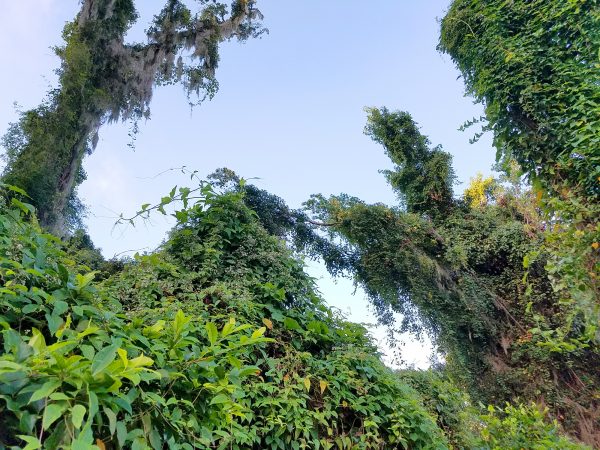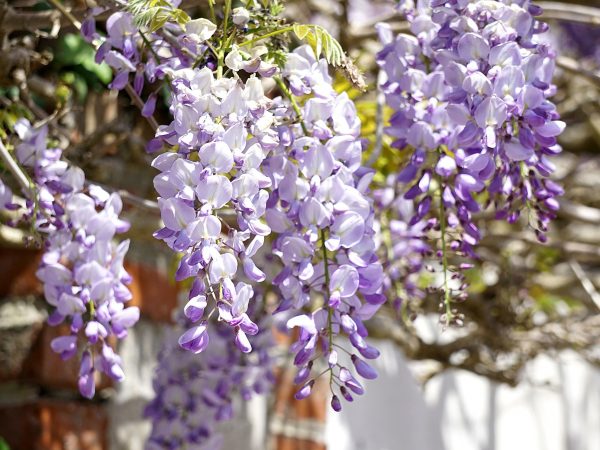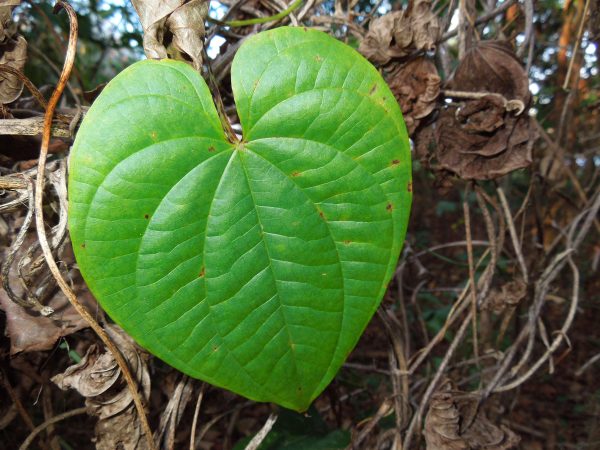Poisonous plants in your Florida garden: Six deadly species to know
Plants contain a vast array of chemical compounds, some of which can be poisonous to humans, pets and livestock. These…
Read More
Five Facts: Kudzu in Florida
Kudzu is one of the best-known weeds in the U.S. Some consider it the poster child of invasive plants –…
Read More
Celebrating pollinators
The fourth week of June is National Pollinator Week. What exactly is a pollinator? Why are pollinators important? Why should…
Read More
Five Facts: Cat’s-claw vine in Florida
Cat’s-claw vine is a common non-native weed in Florida that usually blooms from March through June. Look for its showy…
Read More
Five invasive plants that might be lurking in your garden
This is National Invasive Species Invasive Awareness Week, a good opportunity for Floridians to familiarize themselves with several widespread invasive…
Read More
Five Facts: Clover in Florida
Fact 1: There are a lot of clovers! The genus Trifolium, commonly known as clover, consists of about 255 species…
Read More
Five Facts: Hearts-a-bustin’ in Florida
Euonymus americanus is called hearts-a-bustin’, bursting-heart or strawberry bush. 1: It’s a Florida native shrub that’s made for the…
Read More
Five Facts: Skunkvine in Florida
Skunkvine, Paederia foetida, is an aggressive, twining vine in the coffee family, or Rubiaceae. Plants produce multiple stems up to 35 feet…
Read More
Five Facts: Wisteria in Florida
Wisteria has become somewhat iconic in lush gardens in the Southeastern United States. In the spring, it’s easy to locate…
Read More
Five Facts: Air potatoes in Florida
Air potatoes in Florida Scientific name: Dioscorea bulbifera This vine can be found in nearly every county in Florida. 1:…
Read More
